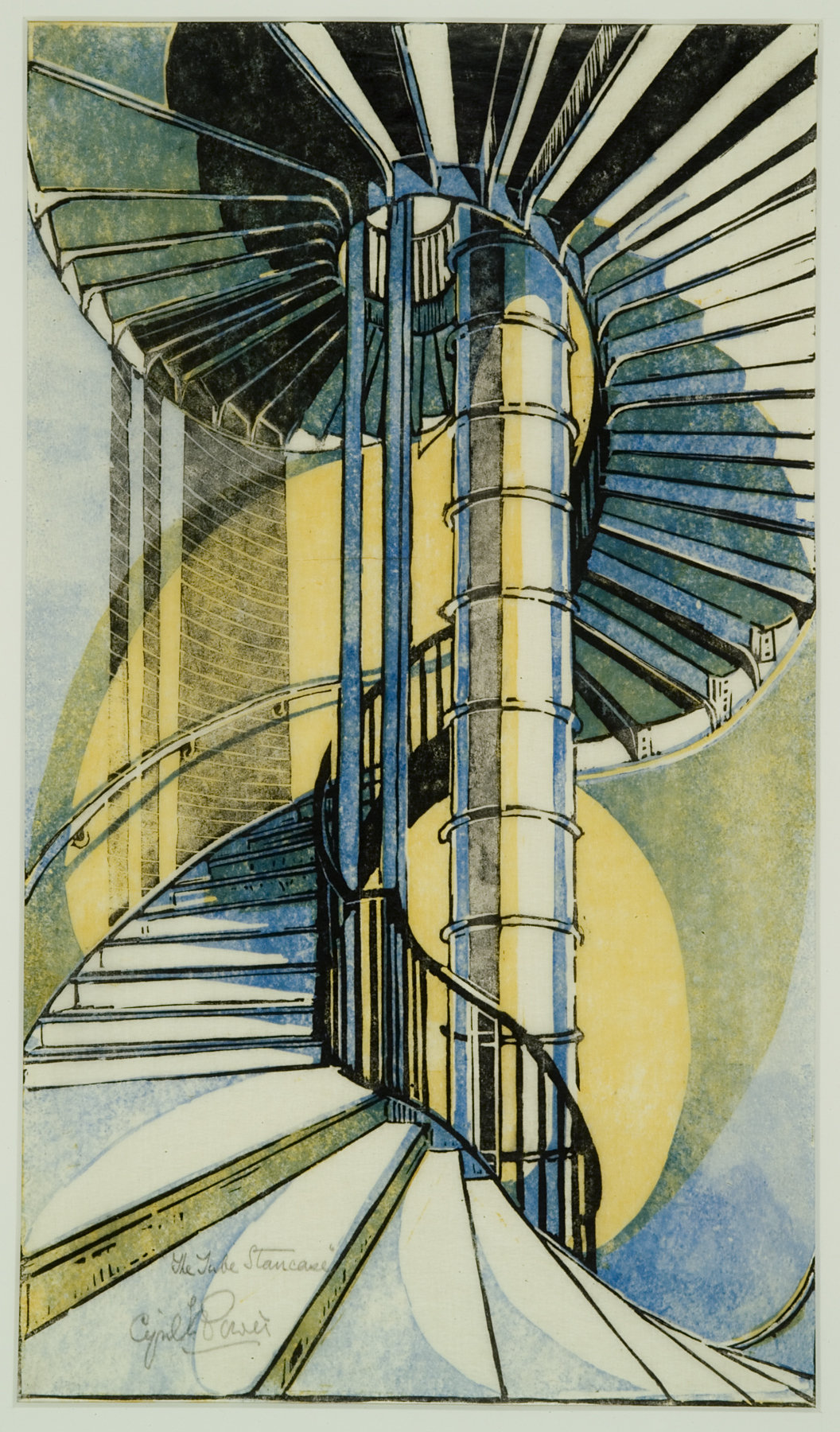The Tube Staircase, Cyril Edward Power
Artwork Overview
Cyril Edward Power, artist
1872–1951
The Tube Staircase,
1929
Where object was made: England, United Kingdom
Material/technique: color linocut
Dimensions:
Image Dimensions Height/Width (Height x Width): 472 x 294 mm
Image Dimensions Height/Width (Height x Width): 18 9/16 x 11 9/16 in
Mat Dimensions (Height x Width): 25 x 20 in
Frame Dimensions (Height x Width x Depth): 25 3/4 x 20 3/4 x 1 1/2 in
Weight (Weight): 10 lbs
Image Dimensions Height/Width (Height x Width): 472 x 294 mm
Image Dimensions Height/Width (Height x Width): 18 9/16 x 11 9/16 in
Mat Dimensions (Height x Width): 25 x 20 in
Frame Dimensions (Height x Width x Depth): 25 3/4 x 20 3/4 x 1 1/2 in
Weight (Weight): 10 lbs
Credit line: Museum purchase: Elmer F. Pierson Fund and Letha Churchill Walker Memorial Art Fund
Accession number: 1996.0038
Not on display
If you wish to reproduce this image, please submit an image request

